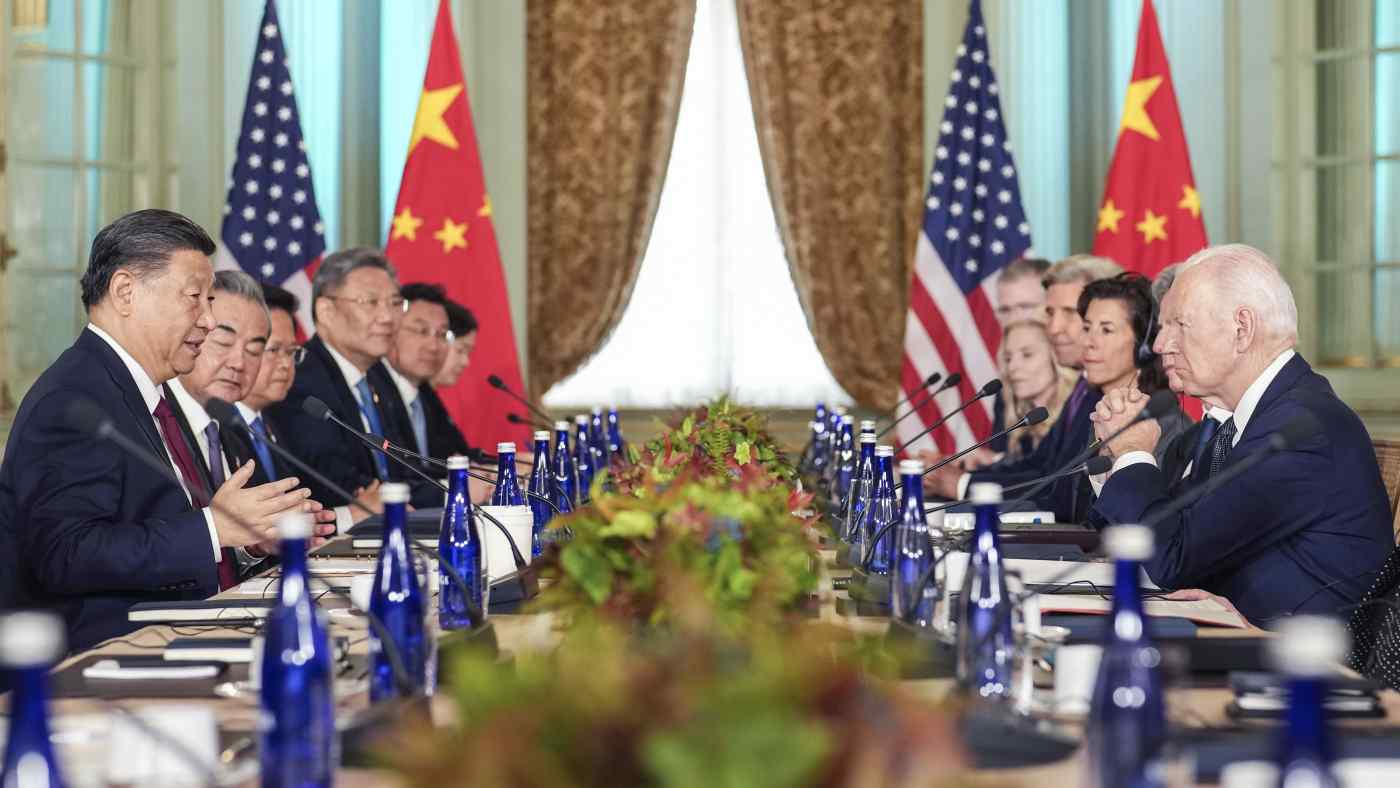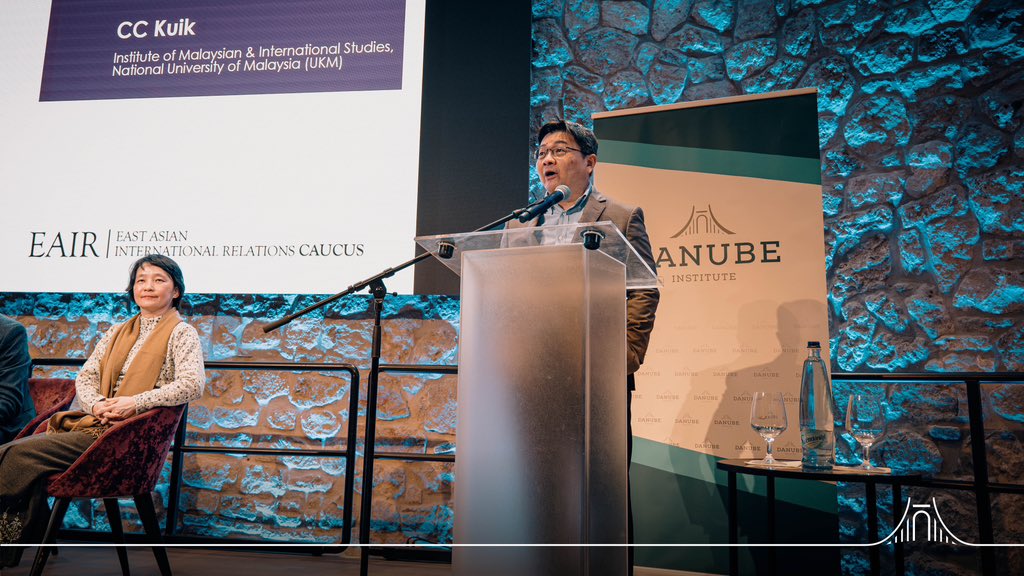Make the Summit a Turning Point in Sino-US Ties
CHINA DAILY
APLN member Shen Dingli wrote on the Xi-Biden Summit and argued that maintaining the right direction of China-US relations would require statecraft by the top leaders of both countries. Read the original article here.
President Xi Jinping met his US counterpart President Joe Biden at the Filoli Estate in San Francisco on Nov 15. This was Xi’s first visit to the US in the past six years. The two leaders met before the APEC Economic Leaders’ Meeting in San Francisco.
Thirty years ago, in 1993, the US hosted the APEC meeting in Seattle, where then Chinese president Jiang Zemin met then US president Bill Clinton, breaking the ice imposed by the US since the late 1990s.
Similarly, last week’s Xi-Biden summit broke the ice that had been forming for some years now.
Lately, Beijing and Washington have had problems over a range of issues: human rights, trade, high-tech, especially high-end chips, the COVID-19 pandemic, China’s internal affairs, the Russia-Ukraine and Israel-Palestine conflicts, not to forget the weather balloon incident. Public opinion about each other remains low, seriously impairing their respective domestic development, while also undermining regional and global stability.
The leaders of both countries have paid significant attention to reversing the negative trend. President Xi and President Biden met in Bali, Indonesia, a year ago during the G20 summit, and arrived at a consensus that there shall be no new Cold War between the two countries. Over the past year, China and the US have launched a series of cabinet-level meetings to restore normal working relations. They have set up joint economic and financial working groups. Similar dialogue mechanisms have been set up to discuss climate change, defense and arms control as well, despite disruptions from time to time.
Fundamentally, maintaining the right direction of China-US relations would require statecraft by the top leaders of both countries.
Thanks to the professional and meticulous pre-summit bilateral exchanges and preparation, President Xi and President Biden held a cordial and constructive summit in San Francisco, reaffirming their commitment not to derail their bilateral ties, especially by conducting over 20 items of cooperation.
Among these, the most eye-catching one is restoration of bilateral military-to-military ties. This crucial bond was upset following then US House speaker Nancy Pelosi’s visit to China’s Taiwan island in August 2022. At a time when Beijing and Washington are deeply suspicious of each other, the US stance on Taiwan had cast even more negative shadow on stability in the region.
This time, the two militaries have agreed to renew communication. This is certainly a confidence-building and risk-avoidance measure that is commendable. However, it in no way encourages US warplanes and warships to continue risky encounters in space or waters close to China. It would be natural if both sides could take this opportunity to reopen military-to-military relationship to discuss how to undertake more substantial risk-reduction measures.
It is noted that this summit agreed to set up China-US inter-governmental dialogue on artificial intelligence. AI is advancing extremely rapidly in terms of sophistication, resulting in serious dilemma. It can enhance the technical competence of the country that acquires it, empowering its dominance in either constructive or destabilizing direction.
Consequently AI superpowers could compete in both positive or negative ways, making the future very uncertain for the world. In this context, China and the US, the two current AI powers in the world, should take it as their global responsibility to set the direction of such technological advancement and collaboration right.
Reopening China-US dialogue and cooperation for controlling the spread of drugs, especially the precursors to fentanyl, is another major feature of this summit. The US has been plagued by various drugs which hurt the health of the people, the youth in particular. The US and China shall partner in their respective capacity to stem the demand and supply of such drugs or their precursors.
Both China and the US are making efforts to lift the people-to-people exchanges by increasing more flights across the Pacific. China invites more young US citizens to visit and understand China better. I myself expect the two countries to work out the reopening of their respective consulate generals in Chengdu and Houston in the near future. Hopefully more journalists will return to the other sides to resume their regular work.
Although China and the US have made headway in their talks on climate change through this summit, they need to deepen their dialogue on a couple of regional tensions in Europe and the Middle East. In addition, the Taiwan question remains a core sensitive one that entails both sides to tap their wisdom and statecraft to manage. There is reason to expect that through more substantial talks and implementation of the current consensus, China and the US would present more deliverables.
Image: JIN DING/CHINA DAILY




